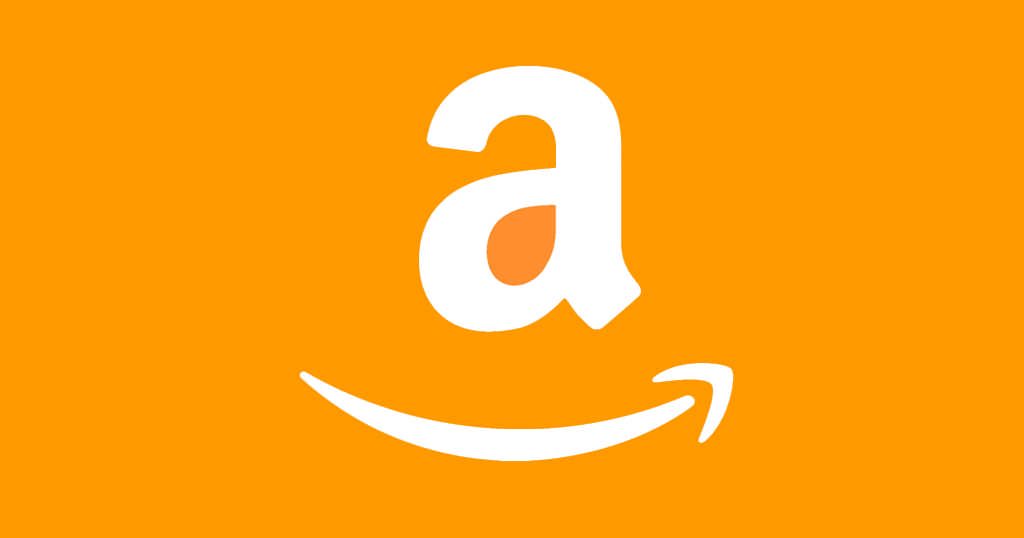Amazon PPC vs Facebook Ads – Which is Better?
Facebook alongside Google still command the biggest slice of the market when it comes to online ad marketing with Facebook generating revenues of $39.94 billion in 2017. However, these two only control approximately 20-25% of the market, therefore leaving a big opening which Amazon has tried to step in and fill. This article looks to discover which of the two platforms is desirable when it comes to online advertising, with more on this to be found on bitgale.com
Targeting systems
Facebook’s targeting systems involve using filters to choose the audience for your ads therefore allowing you to target your audience in three key ways: by demography, interests and geography. This ensures your ads reach the right target audience. Amazon being an e-commerce giant unlike Facebook, it has access to key insights into consumer behaviour unavailable on the other platforms. It also has the advantage of having high engagement and return rates coupled with a fairly large number of users meaning that for those products that are in amazon, having access to the audience of the largest online retailer in the world is a major bonus. Therefore, when someone searches for a product, puts it in their cart, buys the product etcetera, Amazon can track this and avail these insights to any of their online retailers. There are those who may therefore conclude that Amazon’s targeting systems will over time be superior to Facebook’s as more data on purchases is collected.
Use of keywords
It was previously accepted that because its user profiles included their exact locations, Facebook’s use of keywords had more precision due to the fact you could use geo-targeting to hone in on your target audience. The crown of king of keywords is however now under threat due to the emergence of Amazon as a player. The fact that Amazon is an e-commerce platform means that most of its searches are product searches compared to Facebook. This therefore means that people are searching for specific keywords which makes targeting and reaching your target audience easier. The result is higher conversion rates on Amazon since the user is likely to type in a more specific item, one which they are looking for. Someone searching on Amazon, given the nature of the platform, is sure to have a much higher purchasing intent than one searching on Facebook who may not be as motivated to make a purchase at the end even if your they click on your ad.
Cost-per-click (CPCs) rates
As previously stated, Facebook alongside Google are the dominant force in the online advertising market. This dominance comes with the baggage of higher cost-per-click rates since they control a large market share and have access to more people. They also have an increasing number of advertisers meaning more and more advertisers end up competing for the same size of real estate. Amazon on the other hand being a new kid on the block is free of this baggage with research showing its rates of CPCs being almost 38% lower. It also has a lesser number of advertisers seeking space and therefore less competition as compared to its competitors. Given that it is relatively new someone with a new, unique product can get in early on Amazon and see their product being promoted at the top of an Amazon search with a low CPCs rate to boot. This is definitely a factor to consider when rating Facebook and Amazon especially given one’s CPCs budget.
Brand building
Facebook used to be the ultimate brand building platform, up there on its own. Imagine the kind of trust in a brand that was build when you saw a friend on Facebook talking positively about a given brand, seeing them having liked a brand or better still inviting you to like a brand. This was a barrier breaking tool more powerful than the advertising viewing alone its competitors provided. The emergence of Amazon has opened a whole new frontier on the brand building field. On Amazon, higher rated ad campaigns mean that they not only have the highest interactions but also means that they have the highest conversion rates. Having someone endorse your ad by making a purchase is the biggest barrier breaking tool of them all and since Amazon is an e-commerce platform, highly rated ad campaigns correspond with high purchase rates.
Ad infrastructure
Facebook has been in the market longer than Amazon and therefore its ad infrastructure is much more developed and sophisticated. There have been complaints that Amazon also requires one to put in a lot more manual work in ad development and that it has inefficient reporting. The fact that Amazon is an e-commerce platform also means it is still playing catch up to Facebook (and Google) when it comes to online marketing as it lacks the easy-to-use ad systems the two have. The fact is Facebook has a big head start on Amazon and it therefore means it takes longer to set up ad campaigns and manage them and this leaves Amazon at a disadvantage, for now.
From this discussion it’s clear that Amazon still has some catching up to do being new in this field, but there is no denying its huge potential especially given its position as the world’s biggest online retailer and a large and loyal audience. It’s clearly one to watch in the coming months and years.

